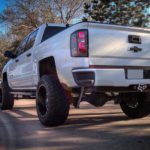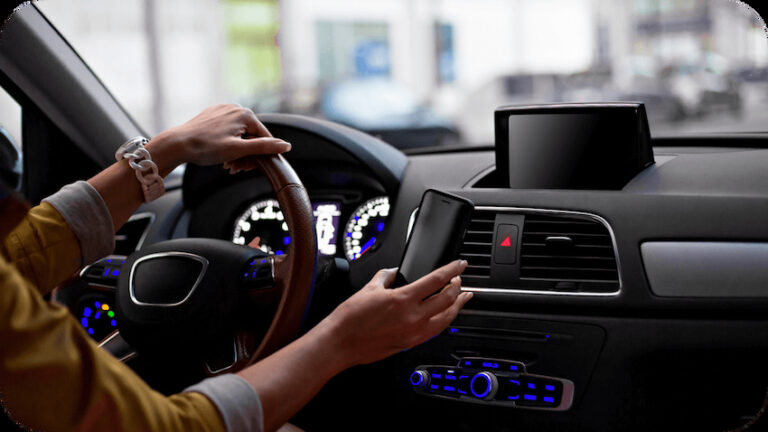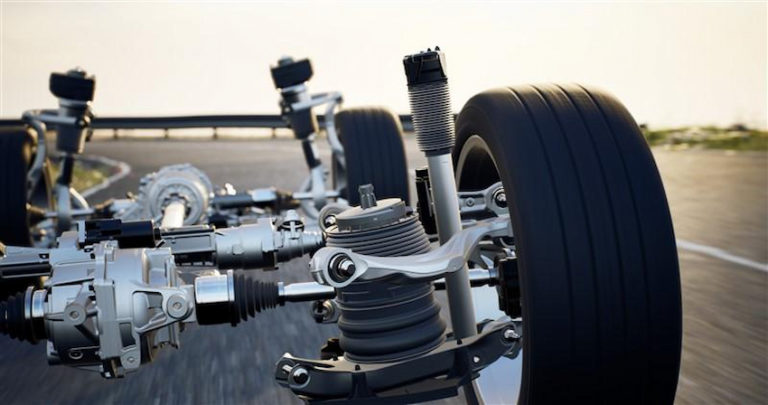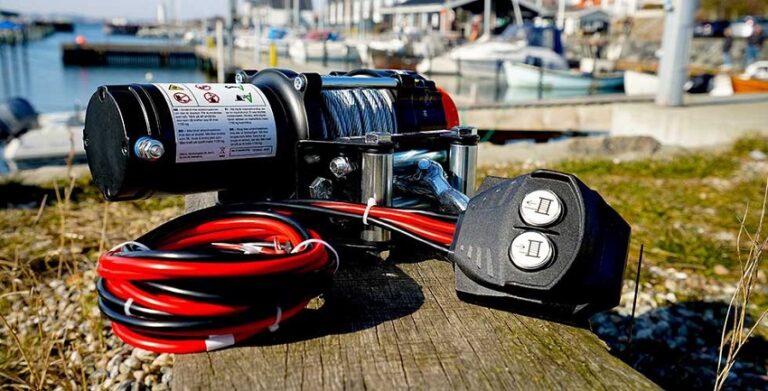Step into a new car, and you’re often met with digital dashes swooping from one end to the other. For EVs, this is the current trend. The same applies to higher trim petrol and diesel vehicles. Gone are the simple, physical controls even for basic stuff like the air-conditioning or radio, not to mention gauges that inform drivers of basic data as to what’s happening under the hood. Instead, you get a whole lot of screens and menus that you need to scroll for hours on end for something that took just a quick glimpse.
Maybe this is not to be overwhelmed by the abundance of (distracting and incomprehensible) info reeling from hundreds of different vehicle systems and sensors in just about every space available. Yes, cars have become more advanced in every respect, but skipping on the basics is equivalent to automotive heresy. Gauges are (or were) there for a reason. In high-performance cars from not far back, they told drivers just how much stress the engine was under, and where there was room for a little more. All this was standard equipment and a treat to look at.
Fortunately, what automakers left out was soon picked up by the automotive aftermarket. Separate gauges, with accurate real-time info, are what you’d want either on the track or when off-roading to keep your vehicle and engine intact. They’ll tell you exactly what’s going on, and whether you need to ease off the pedal before you do some serious damage. For off-roaders and adventurers, there are practical 4WD gauges that keep your investment safe and secure, provided you listen (and act on) to what they have to say.
Voltage Gauges
These measure voltage in the starter battery. Gauges that also display voltage in auxiliary batteries are called dual voltage gauges, something you’ll want if you’re a regular camper or off-roader. Voltage gauges will additionally determine whether the charging system effectively charges the battery with the engine on, and warn of overloads, which can literally cook a battery in a matter of seconds. Values of 12 to 12.6 Volts mean the battery is nearing full charge, whereas 11V or less indicates a near-dead battery.
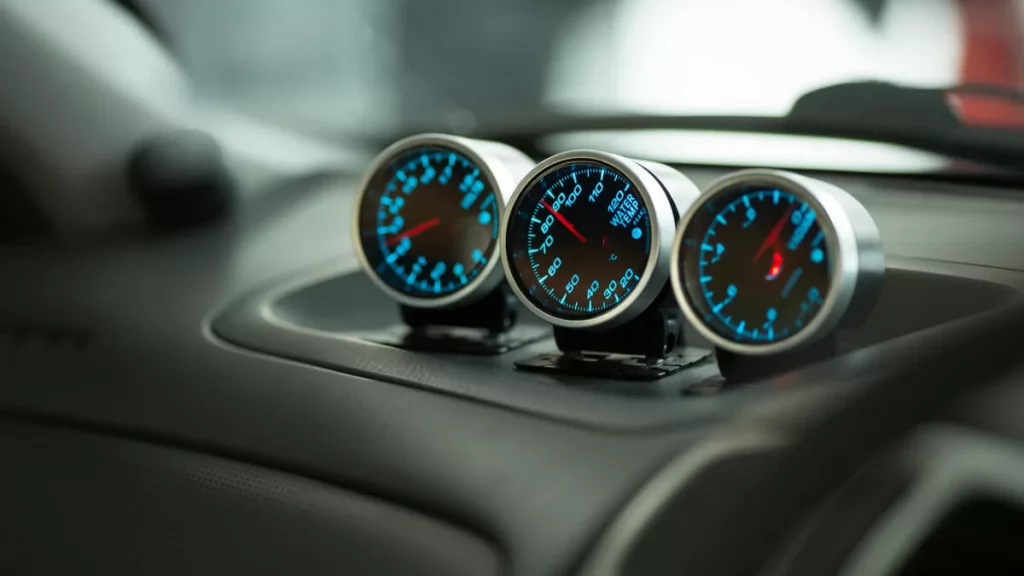
Boost Gauges
The majority of utes and 4WDs are turbocharged diesels, and many are modified to pump out more power from the available displacement. Some drivers even replace stock turbines with bigger and faster-spooling variants for that final hit of boost. Boost gauges can display negative readings (with the turbine yet to engage) and boost pressures hovering around 25 psi or roughly 1.7 bar the higher limit of most stock turbos. Anything more, and you risk blowing the turbine and the engine with it. Abnormal readings, for instance extremely low pressures, may indicate issues with the turbine, hoses, filters, lubrication, and more. Usually, readings above 21 psi are accompanied by a visual and/or audible alert.
Exhaust Gas Temperature (EGT) Gauges
EGT gauges inform drivers of the air and fuel ratio, and the resulting temperature in the exhaust. Probes that provide the readouts are installed in one of two positions. The easier option is to fit a probe after the turbo and into the dump pipe, as most exhausts are designed to fit aftermarket probes. Temperatures here are around 200°C lower than probes that are installed just before the turbo and in the exhaust manifold. You’ll be looking at around 600°C before gases are cooled from the turbo. Temperatures can confirm if your fuel and air mix is too rich, whether you’re pushing the car too hard, or if the exhaust just can’t take the heat.
Transmission Temperature Gauges
Utes are still offered in either manual or auto transmission, but mid and full-sized 4WD station wagons and most SUVs now are mostly auto. These need different transmission fluid that is both lubricant and coolant. Gauges measuring how hot that fluid gets (with info from sensors in the transmission casing) and in different driving conditions means you’ll be spared irreparable damage. Auto transmission gauges can also warn of protentional leaks and loss of fluid in the system. Ranges of 90 to 105°C are deemed normal, and anything over that is a sign that you need to cut the power to the engine.
Oil Pressure Gauges
These gauges measure the oil pressure from sensors located near the outlet side of the oil pump. Oil in the right amounts and circulating at the right pressure means that the engine is running properly. There’ll be no grinding of metal against metal indicating a drop in pressure caused by leaks, low oil levels in the sump, or worn piston rings and the engine burning oil instead of fuel.
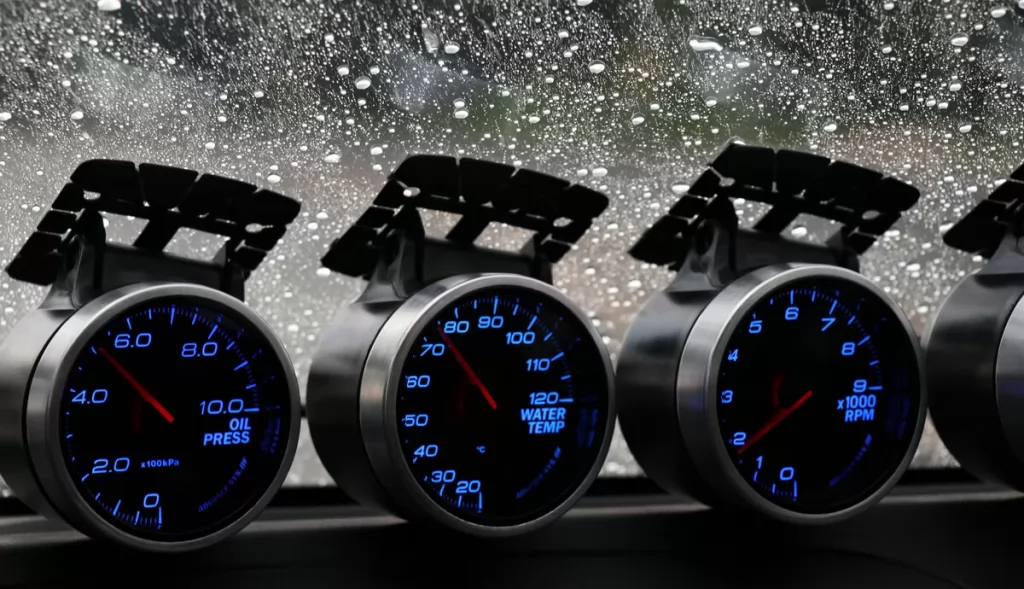
Water/Coolant Gauges
Coolant in a closed, pressurised cooling system has a higher boiling point than water and a normal working temperature between 90 and 105°C in most engines. Aftermarket gauges will be more precise in displaying coolant temperatures in real-time, before any damage to the cooling system, like defective thermostats and thermic switches, irresponsive water pumps, clogged radiators or damaged hoses means coolant isn’t circulating and you run the risk of severe engine failure.
Mechanical or Electronic?
Gauges can be mechanical or electronic. Both are accurate, but some drivers might prefer the look of one type over the other. This is more down to personal preference than anything else. Yes, moving handles placed against a dial might provide better visual input, but there’ll often be a digital readout as well. Where mechanical 4WD gauges differ from electronic gauges is how they relay data from vehicle systems. Probes and sensors need to be mechanically linked to mechanical gauges, which for oil pressure gauges for instance isn’t the optimal solution. Any damage in that link, for instance, a leak, can mean hot oil spraying in the cabin. Electronic digital gauges in this sense are much safer.
Buying and Installation
Gauges are often lined in the A-pillars, just check with authorities if this is legal in your state. Installation requires probes and senses being fitted, and wiring connected. You’ll find them sold either separately, or in combos, and the latter is more common. Included are the pillar pods, wiring harnesses and installation kit the get the best fit. Just ensure that the gauges are compatible with the make and model of your 4WD or ute.





